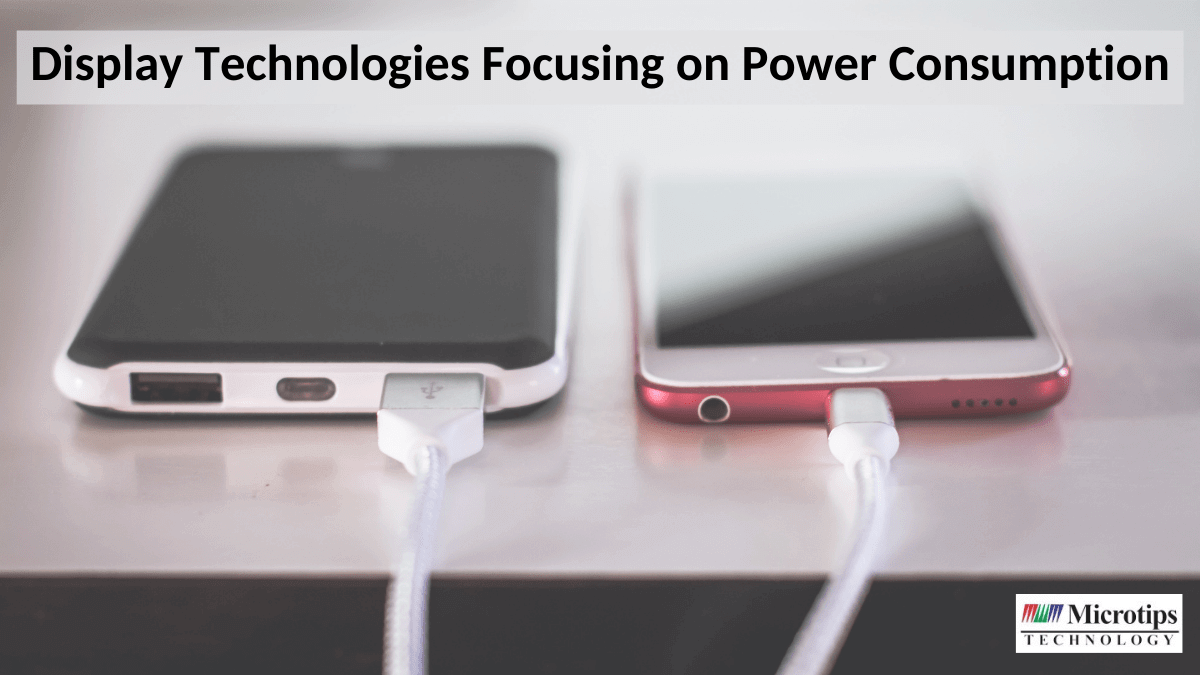Identifying an energy-efficient display can be critical in industrial use cases and general use cases like households.
Today, the market is dominated by several dominant technologies; thus, knowing which one is the best depends significantly on energy consumption.
With the increasing usage of digital screens, energy consumption has become a pressing issue for electronic display users worldwide. Thus, the energy efficiency of display screens becomes a crucial subject of making the lower power consumption energy-saving display design.
Let us now discuss some of the most popular display types that have been in high demand because of their energy-efficient architecture.
- Liquid Crystal Display (LCD)
The term liquid crystal describes a substance that lies in a state between liquid and solid but exhibits the properties of both. Since their first observation in the 19th century, LCD technology has been enjoying various advancements, and currently, it accounts for an enormous share in the entire display market area.
LCD belongs to a non-emissive display category, and further, you can classify them as Passive matrix (PMLCD) and active matrix (AMLCD). The fundamental difference that exists between these two categories is in the way of addressing pixels for producing different luminance components of an image.
The power consumption of LCD is directly proportional to the drive frequency (as the frame rate lowers, the power consumption reduces) and the displayed image.
- Electronic Paper (E-Paper)
Electronic paper is a vigorous display technology that can rip off the traditional paper. Just as in the case of LCD, e-paper also belongs to the non-emissive display category, and here we do not need any backlight. It is because the ambient light from nature is enough.
The display comprises millions of microcapsules containing positively charged white and negatively charged black particles suspended in a clear liquid, producing the resolution only found in prints.
Significant characteristics of e-paper include flexibility, reliability, multi-functionality, and ultra-low power consumption. They even lead to zero consumption in the non-updating period. You can find several technologies in small sizes, although there are approaches with A5 size.
- Organic Light-Emitting Display (OLED)
OLED or organic light-emitting diode is a light-emitting technology that is made when you place several thin organic films made from carbon and hydrogen between two conductors. They will emit a bright light when the electric current is applied.
Several OLEDs share specific characteristics like high brightness and contrast, captivating color definition, and quick response time. Because of the self-luminous effect, they offer an enormous view angle of 160 degrees. However, a significant benefit is their low power consumption (proportional to the number of pixels that are turned on, the black dots will not require power), which depends on the present content only because they don’t need a backlight.
It makes them thinner and efficient. As they are manufactured on a small scale, they are available at a high price. Several studies conclude that while using this technology, the consumption of displays rises strongly as per the size.
- Electroluminescent Display (ELD)
Electroluminescent display technology is well-known for taking advantage of the light-emission phenomenon because of the strong electric field. You can find a solid-state thin phosphor film and insulator stack deposited on a glass substrate in the ELD driven by high voltage electronics generating a positive and negative pulse. Plus, they are known for being a cost-efficient light source method leading to low power consumption.
Electroluminescent technology is well-known for having lower consumption and contrast ratios. It is best to pay attention to the viewing angle values of 180 degrees.
The prototype values are given when discussing TDEL and AMEL as they are not yet commercialized.
In A Nutshell
When looking at several options within the reflective display, you can find two significant candidates: E-ink display and LCD. As they all carry different characteristics, you should look at the specific application to understand the power-efficient one.
Microtips Technology, a US-based electronic display manufacturer, is pioneering the development of capacitive touch panels featured with specialized coatings. They manufacture PCAPs for extensive use cases in different industry domains such as healthcare, education, corporates, banking, and research.

